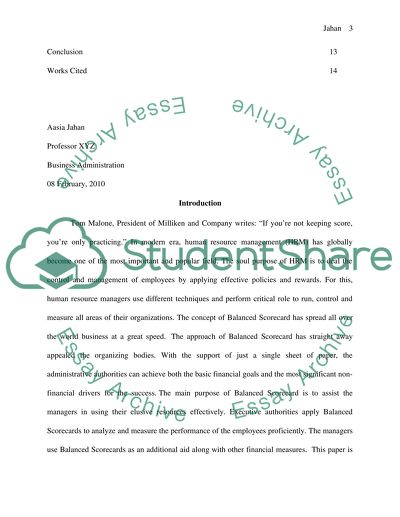Cite this document
(“Research project -- Using balanced scorecaed in human resource Essay”, n.d.)
Research project -- Using balanced scorecaed in human resource Essay. Retrieved from https://studentshare.org/miscellaneous/1561467-research-project-using-balanced-scorecaed-in-human-resource-management
Research project -- Using balanced scorecaed in human resource Essay. Retrieved from https://studentshare.org/miscellaneous/1561467-research-project-using-balanced-scorecaed-in-human-resource-management
(Research Project -- Using Balanced Scorecaed in Human Resource Essay)
Research Project -- Using Balanced Scorecaed in Human Resource Essay. https://studentshare.org/miscellaneous/1561467-research-project-using-balanced-scorecaed-in-human-resource-management.
Research Project -- Using Balanced Scorecaed in Human Resource Essay. https://studentshare.org/miscellaneous/1561467-research-project-using-balanced-scorecaed-in-human-resource-management.
“Research Project -- Using Balanced Scorecaed in Human Resource Essay”, n.d. https://studentshare.org/miscellaneous/1561467-research-project-using-balanced-scorecaed-in-human-resource-management.


